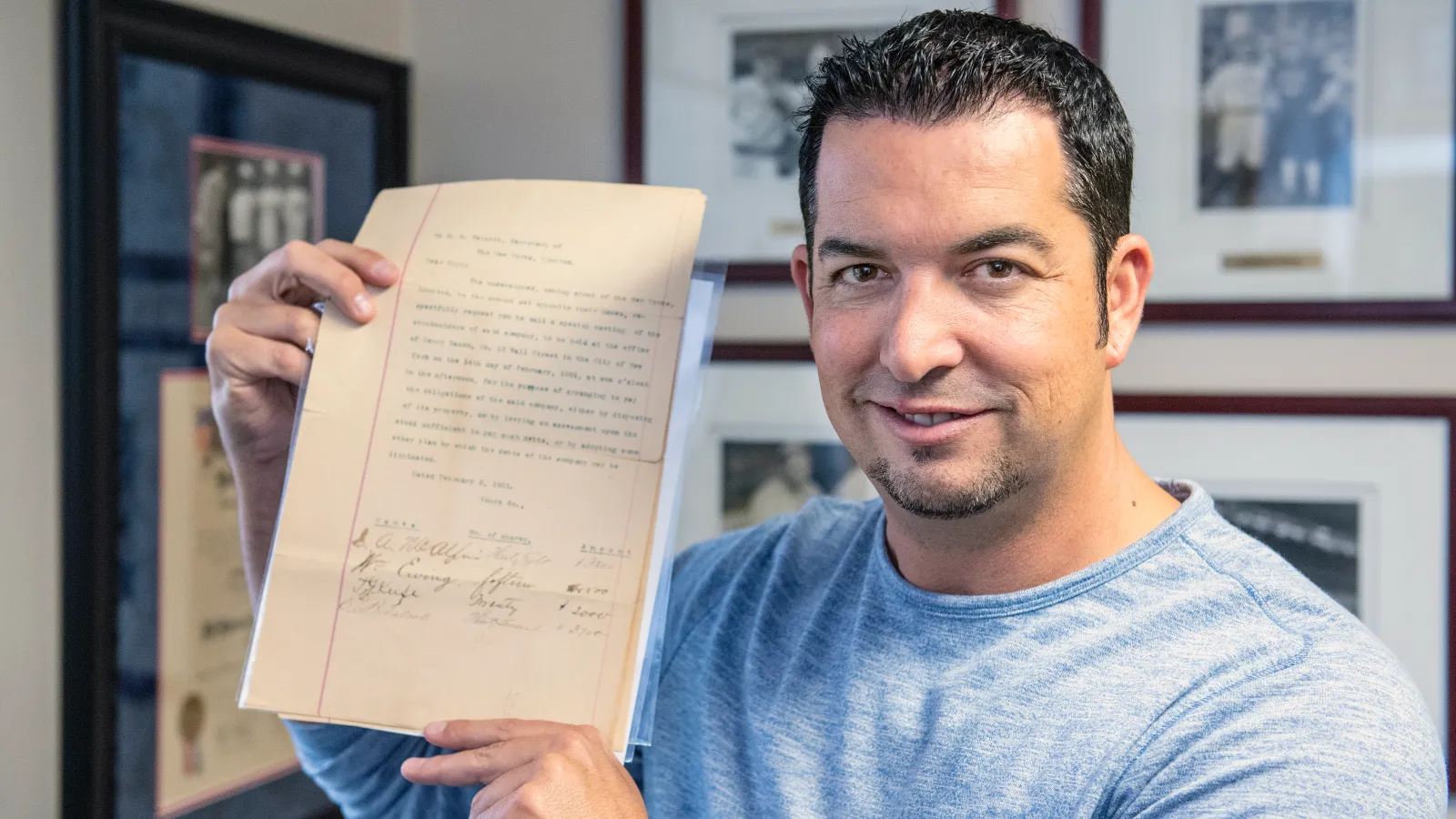The allure of owning a piece of history is undeniably captivating. Rare manuscripts, signed letters, and ancient maps are sought-after treasures for collectors and history enthusiasts. Unfortunately, the growing demand for these items has given rise to fraudulent auctions peddling fake historical documents. This guide will help you understand how these scams work, spot red flags, and protect yourself from falling victim to such schemes.
What Are Fake Historical Document Auctions?
Fake historical document auctions are fraudulent setups designed to trick buyers into purchasing counterfeit, forged, or non-existent historical items. These scams are prevalent both online and offline. Fraudsters may use elaborate auction platforms, fake provenance documents, and professional-looking images to make their listings appear authentic.
These scams are especially rampant on platforms like:
- Online auction websites
- Social media marketplaces
- Niche collector forums
- Email solicitations claiming to offer exclusive deals
How to Spot Fake Historical Document Auctions
Here are some key indicators to identify fake auctions:
1. Unverifiable Provenance
Authentic historical documents usually come with a detailed provenance, outlining their history of ownership. Scammers often provide vague or nonexistent details about the document’s origins.
- Red Flag: The seller cannot produce documentation or relies on generic claims like “found in an old estate.”
- Solution: Request a detailed chain of custody and validate the information with a reputable expert.
2. Unrealistically Low Prices
While some auctions offer bargains, be cautious if a document’s price is suspiciously low compared to its market value. Scammers often use low prices to lure unsuspecting buyers.
- Red Flag: A rare document is listed at a fraction of its appraised value.
- Solution: Research similar items and their market prices to spot discrepancies.
3. High-Pressure Tactics
Fraudulent sellers may push buyers into making quick decisions by creating a false sense of urgency.
- Red Flag: Claims like “last chance to own this rare piece of history” or “limited time offer.”
- Solution: Take your time to research and verify the item’s authenticity.
4. Inconsistent Descriptions or Images
Scammers often reuse images or descriptions from legitimate listings.
- Red Flag: The photos look heavily edited, or the item’s description contains contradictory information.
- Solution: Use reverse image search tools to check if the images have been copied from other listings.
5. Lack of Seller Credibility
Fraudulent sellers often have newly created profiles or limited activity history on auction platforms.
- Red Flag: The seller’s account is brand new, has no reviews, or displays multiple negative reviews.
- Solution: Research the seller’s history and feedback before engaging in any transaction.
Measures to Avoid Falling Victim to Fake Historical Document Auctions
Protecting yourself from scams requires vigilance and informed decision-making. Here are actionable steps to safeguard your investments:
1. Authenticate the Item
Always consult with experts who specialize in historical documents. Reputable appraisers, historians, and authentication services can help verify the document’s legitimacy.
2. Use Secure Payment Methods
Avoid wire transfers, cryptocurrency, or payment methods that offer no recourse in case of fraud. Opt for credit cards or escrow services that provide buyer protection.
3. Verify Auction Platforms
Ensure the auction site is reputable and has a history of conducting legitimate sales. Look for:
- Secure HTTPS protocols
- Verified seller accounts
- Clear return and refund policies
4. Demand Detailed Documentation
Request provenance records, certificates of authenticity, and any additional documentation to verify the item’s authenticity.
5. Research Before Bidding
Invest time in researching the historical item. Familiarize yourself with:
- Market prices for similar items
- Key characteristics of authentic documents from that era
- Common forgery techniques
6. Trust Your Instincts
If something feels off, walk away. Scammers often rely on their victims’ excitement or lack of knowledge to execute their schemes.
What to Do If You Suspect a Scam
If you encounter a suspicious auction, take these steps:
- Report the Listing: Notify the auction platform or marketplace about the suspected fraudulent activity.
- Contact Authorities: File a complaint with your local law enforcement agency or consumer protection organization.
- Warn Others: Share your experience online to help others avoid falling victim to the same scam.
Conclusion
Fake historical document auctions exploit the passion and curiosity of collectors, but you don’t have to fall prey to these scams. By staying informed, conducting thorough research, and relying on trusted experts, you can confidently navigate the world of historical document auctions. Remember, genuine treasures withstand scrutiny, while fraudulent ones crumble under investigation.














